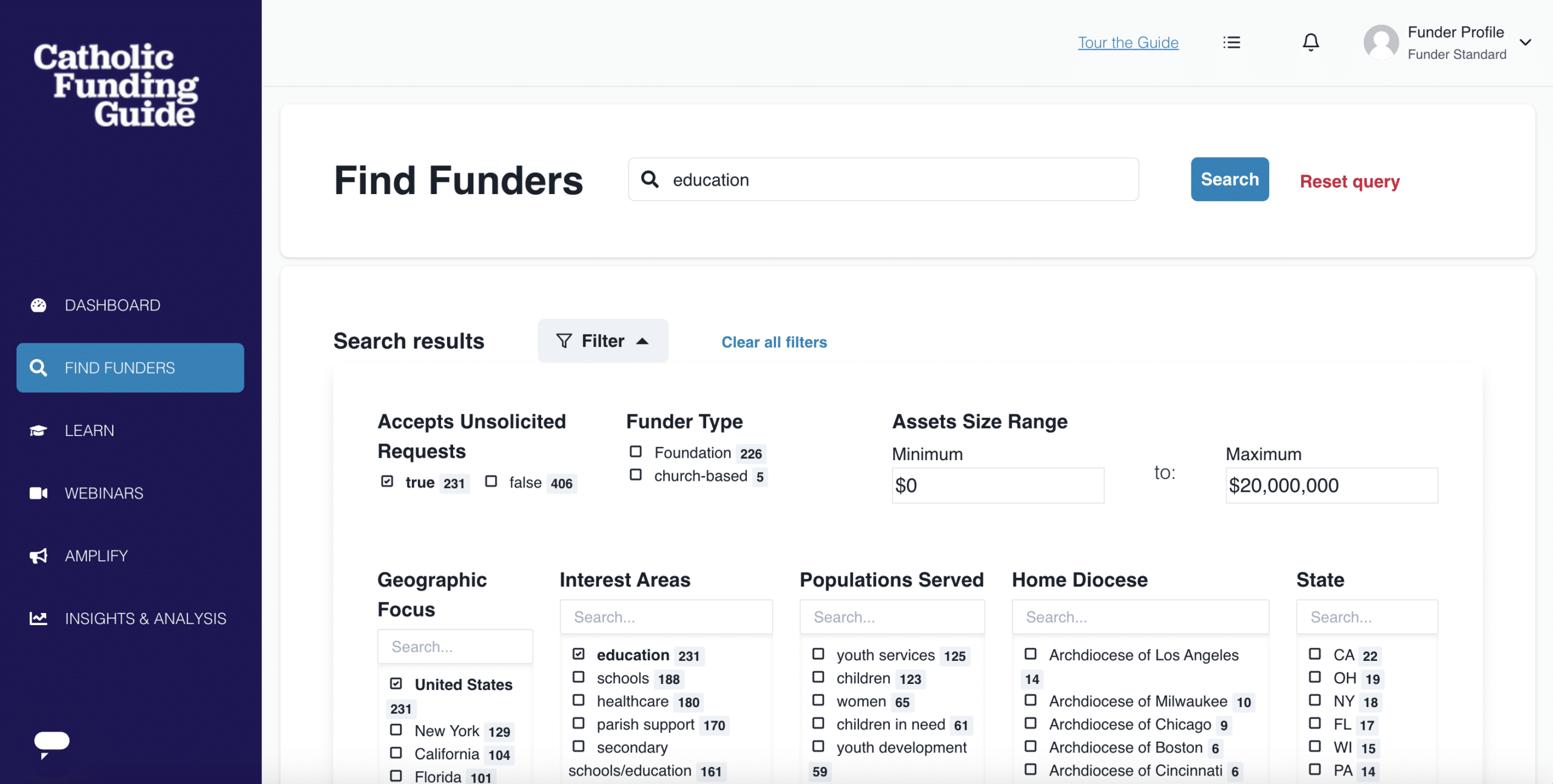Why are some foundations invitation only, and is there any hope of finding an “in” with them? Read on to learn how, with a bit of effort, you can overcome this challenge and potentially build a fruitful funding relationship.
Why are some foundations invitation only?
Some foundations are set up as a vehicle for an individual person to give. Because of that, they do not use a structured approach and simply do not have the capacity to screen requests and applications. In this case, they are behaving like an individual, and it makes sense to treat them in the same way you would treat a prospective individual donor.
Other foundations have already committed to select causes/organizations. These are sometimes long-term commitments that span years or decades, so their assets for the upcoming year (or two or three) have already been committed. In this case, there may be little they can do in the near future, even if your organization is well aligned with their mission and goals.
Is there any hope of connecting with invitation only foundations?
Maybe! However, since the front door is closed, you will need to find the right side door from which to approach.
- Listen to what they say about themselves. If they specify a way they want to be contacted, always take that approach first and foremost.
- Even if some do not make their application available publicly, and do not accept unsolicited applications, they may allow for letters of inquiry.
- If they do not specify a preferred way of connecting, and do not accept letters of inquiry, there are still a couple of potential “side doors” to explore, primarily through the art of networking.
First, look at who they have funded in the past. If you know or can connect with them, you can ask them how they got connected with the foundation and how they received funding.
Next, look at their board of directors, staff, and/or others involved. If you can network and connect with them, you can learn more about the foundation and start to build a relationship.
Once you’ve initiated relationships with those connected to a prospective funder, be sure to cultivate and grow those relationships.
What happens if they still say “no”?
If, after connecting with representatives of the foundation through one of these side doors, they say they are unable to fund your organization, there are a couple ways that they can still help with very little time or investment on their part.
First, ask if they are willing to refer you to other funders that may be interested in your work.
Also, if you were able to share a bit about your organization and project, ask for feedback. While this can help you make a case to other funders, it can also help you gauge whether there is anything that would lead them to fund you in the future.
What do “invitation only” funders say about how to approach them?
In December 2022, we held a virtual Q&A featuring a panel of three funders who gave their insights and perspectives on how grant seekers can be most successful. During this webinar, they addressed the question of how to handle “invitation only” foundations. Christine Healey of the Healey Education Foundation and Joe Womac of the Specialty Family Foundation shares their insights in this clip:
The full webinar is available on demand for subscribers.



